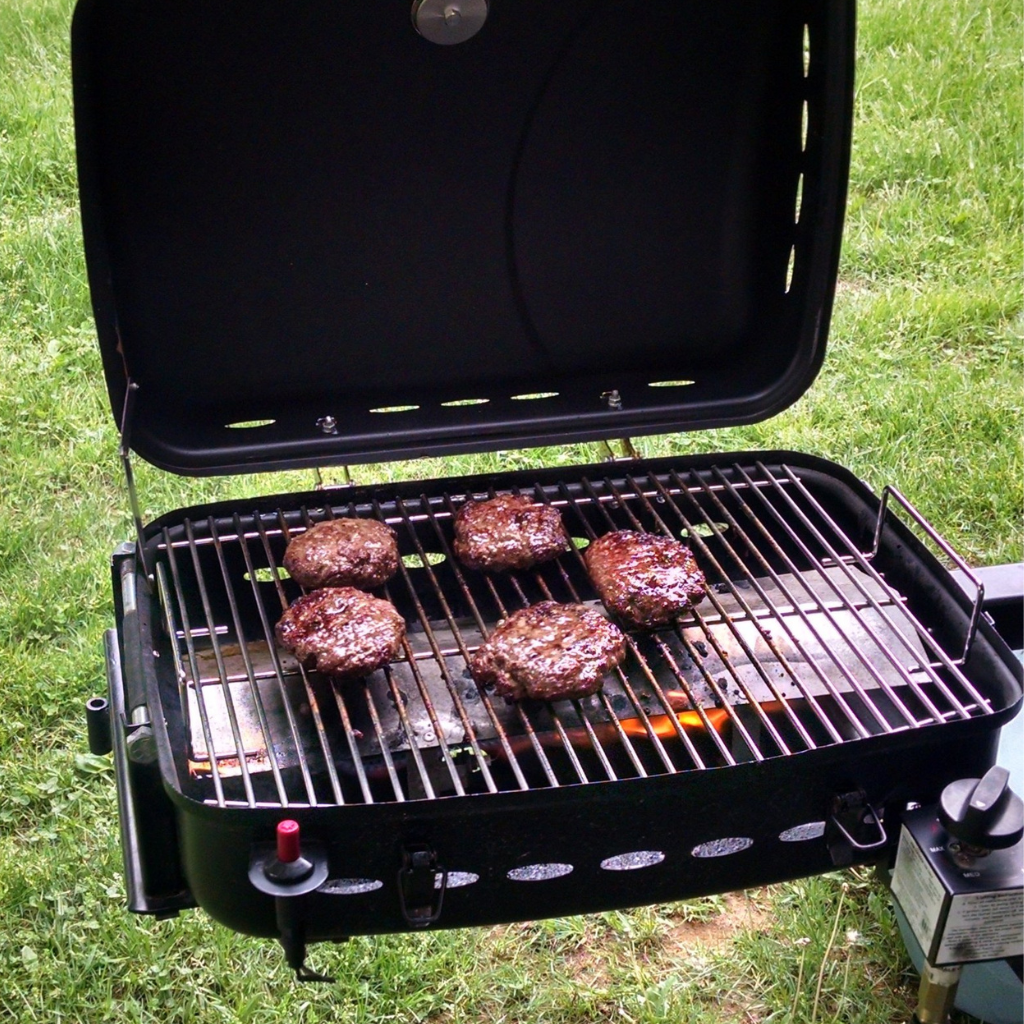
You may have heard about the keto diet/lifestyle, which has made quite the buzz in the realm of weight loss and health optimization. This diet is known for its high fat, moderate protein, and low carbohydrate approach. But what exactly is the keto diet/lifestyle, and why has it gained such a following?
Before I go any further, let me get this out of the way. I am not a Dr or nutritionist and I recommend you work with your Dr and/or medical team before you try this or any other lifestyle change.
Ketosis
The ketogenic, or ‘keto’, diet/lifestyle involves drastically reducing carbohydrate intake and replacing it with fat. This shift in macronutrient balance aims to put your body into a metabolic state called ketosis. But this isn’t a modern fad. The concept dates back to the 1920s when it was primarily used to treat epilepsy in children.
Variations Of Keto
There are a few variations of the ketogenic diet. These include the standard ketogenic diet (SKD), a very low-carb, moderate-protein, high-fat diet. There’s also the cyclical ketogenic diet (CKD), which involves periods of higher-carb refeeds, and the targeted ketogenic diet (TKD), allowing carbs around workouts. High-protein ketogenic diets are another variation, which resembles SKD but includes more protein. The last variation is called “Carnivore”. If you are following this you only eat beef, butter, bacon, and eggs. You will be eating almost no carbs.
The Science Behind Ketosis: Fueling the Body Differently
If you’re curious about how the Keto Diet uses science to prompt weight loss and other health benefits, ketosis is the keyword. In simple terms, ketosis is a metabolic state where your body burns fat for fuel instead of carbs. Say goodbye to traditional energy sources and hello to burning your own fat stores.
Carbs & Sugar
Typically, your body craves carbohydrates, turning them into glucose for a dependable energy stream. But if you sharply limit your carb intake, as you do on Keto, your body taps into its fat reserves, converting fats into ketones for energy. This switch is like turning your body into a fat-burning powerhouse.
Getting your body to this state requires discipline and an understanding of macronutrient balance. Carbs are out (for the most part), and fats are very much in. But not just any fat – you’ll be zooming in on healthy, high-quality fats like avocados and nuts.
Keto Flu
The benefits of ketosis can be wide-ranging. Many people report stepping into heightened clarity, more sustained energy levels, and notable weight loss. Yet it’s not without concerns. Drastic dietary shifts can have side effects – from the mild ‘keto flu’ to more concerning lipid profile changes. My lipid profile actually improved although it’s not unusual to take one or two panels to see improvement. Don’t let one bad lipid panel deter you. Most people who experience the Keto flu can supplement with electrolytes and some salt to lessen the effects. The Keto flu is a temporary state.
It’s A Lifestyle Change
While Keto stands out for its high-fat, low-carb guidelines, it part ways with other popular diets that might rely more on calorie counts or a balance of all macronutrients. Understanding ketosis helps you see why Keto isn’t just ‘low carb’ — it’s about transforming how your body generates energy.
Keto Practicalities: Daily Carb Intake and Meal Planning
Understanding your daily carb intake is CRUCIAL on the Keto Diet. Unlike diets that focus primarily on caloric intake, Keto emphasizes the macronutrient composition of your meals, especially carbohydrates. The typical daily carb limit on Keto is roughly 20 to 30 grams, but this can vary based on individual metabolism and activity levels. There is a free app called “Carb Manager” that will help you focus on your macros.
Meal Planning Made Easy
Meal planning becomes an art and a science when adhering to a ketogenic lifestyle. It gets easier as you go. It’s about balancing low-carb vegetables with adequate protein sources and high-quality fats. Your plate might feature a portion of leafy greens alongside a piece of fatty fish or a well-marbled steak, topped with a dollop of herbed butter or a sprinkle of cheese.
Eating Clean Will Supply The Nutrients Needed
KEEP AN EYE on your intake of both macros and micronutrients to ensure you’re meeting your body’s needs. While restricting carbs, it’s still vital to consume enough water, vitamins, and minerals to maintain overall health. Incorporating a variety of Keto-friendly vegetables and nuts can help you hit those targets.
What? No More Cookies?
Food choices play a pivotal role in your success with the Keto Diet. Embrace foods like eggs, avocados, berries (in moderation), nuts, and seeds, and say goodbye to high-carb temptations like pasta, bread, and sugar-packed snacks. If you continue to do research on this you will quickly realize that sugar is an addiction. Ditching cakes and cookies was almost as tough as taking pasta off the menu for me. Opting for whole, unprocessed foods not only aligns with Keto principles but also contributes to a more nutritious diet overall.
Keto for Seniors: Tailoring the Diet to Age-Related Needs
As we age, our bodies undergo various metabolic changes, which means diet strategies often need adjustments. The Keto Diet is no exception. The low carbohydrate intake characteristic of Keto might benefit seniors by helping manage weight and blood sugar levels, yet there are caveats to consider. It has turned my life around. I went from a type 2 diabetic to normal in about 6 or 7 months. You can read my story here.
Elderly individuals are more prone to nutritional deficiencies and may have different energy needs than younger adults. Hence, if seniors opt to follow a Keto Diet, it’s essential to ensure they’re still receiving a balanced intake of nutrients. This often involves a closer look at the diet to include more nutrient-dense, Keto-friendly foods.
Research Is Ongoing
Anecdotes and preliminary research suggest potential benefits for seniors, such as improved cognitive function and reduced inflammation. However, much of the research on Keto is still emerging, and seniors should approach this diet with caution, especially those with pre-existing health conditions. I have some pre-existing health conditions and have found that everything is improving. Of course, I also work closely with my Dr and go for lab work every 6 months.
Work With Your Doctor and/or Medical Team
Before committing to a Keto Diet, I always advise seniors to discuss it with their healthcare provider. They can help tailor the diet to individual needs, monitor progress, and ensure it’s a safe choice. It’s about finding what works best for the individual’s health and lifestyle, not just following a trend.
Final Thoughts
When it comes to seniors and the Keto Diet, the most important thing is to focus on balance, personalization, and safety. It’s not about quick fixes; it’s about sustainable, healthy living. Remember, you didn’t get to your weight or get your horrible blood test results overnight and Keto will not fix these issues overnight either. I followed a strict Keto diet when my A1C went to 10.6 but now that it’s normal I follow a more low-carb diet. The difference is with keto you generally take in about 20 grams of carbs and with low carb I am allowing myself 50 grams. It has been an amazing journey for me and I feel better than I have in a very long time.
My goal is to avoid taking any kind of prescription drugs. This means I am working on getting off the ones I am on (which is slowly happening!!!) and not going on any new ones.
Did you enjoy this post? Do you want to know when the next post comes out? Consider subscribing. I only send update emails once a week, usually on Friday. Try it out. You can unsubscribe at any time.
